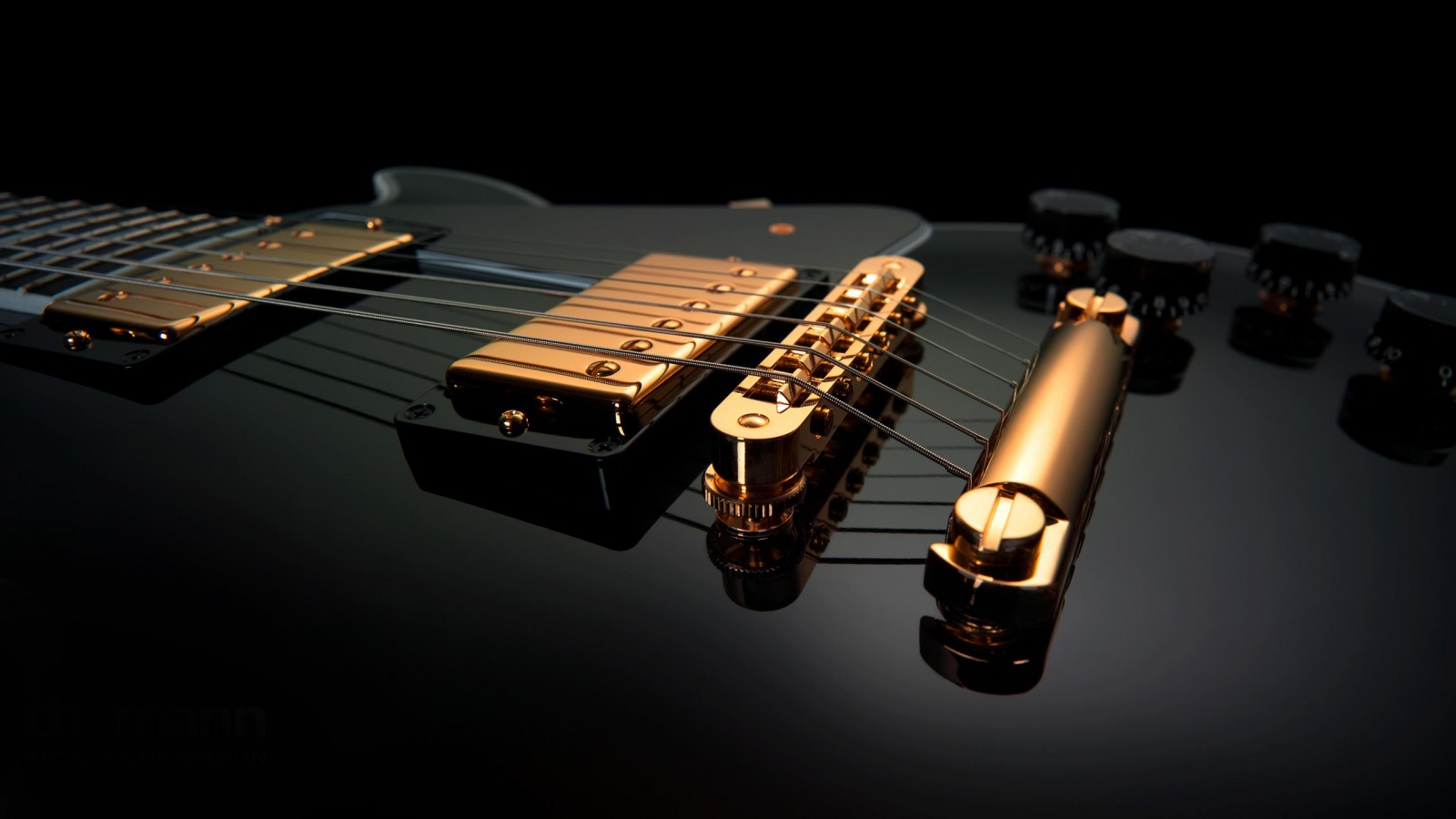History of the Guitar development

small History and development 

The oldest traces of instruments related to the guitar back to antiquity to -3000 BC Archaeological excavations in the Middle East, particularly in Persia, revealed the presence of string instruments with a handle and a distinct bodies through frescoes and clay plates
Spanish guitar
In the tenth century, Moors brought the "guitarra morisca" in Spain after their conquest of North Africa. This instrument, with a box oval represents the beginnings of a guitar today.
The Italian guitarra
A sixth course of strings was added to the Italian "guitarra battente" in the 17th century, and guitar makers all over Europe followed the trend. The six-course arrangement gradually gave way to six single strings, and again it seems that the Italians were the driving force. (The six-string guitar can thus be said to be a development of the twelve-string, rather than vice versa, as is usually assumed.)
In the transition from five courses to six single strings, it seems that at least some existing five-course instruments were modified to the new stringing pattern. This was a fairly simple task, as it only entailed replacing (or re-working) the nut and bridge, and plugging four of the tuning peg holes. An incredibly ornate guitar by the German master from Hamburg, Joakim Thielke (1641 - 1719), was altered in this way. (Note that this instrument has only 8 frets free of the body.)

Steel-string and electric guitars USA
At around the same time that Torres started making his breakthrough fan-braced guitars in Spain, German immigrants to the USA - among them Christian Fredrich Martin - had begun making guitars with X-braced tops. Steel strings first became widely available in around 1900. Steel strings offered the promise of much louder guitars, but the increased tension was too much for the Torres-style fan-braced top. A beefed-up X-brace proved equal to the job, and quickly became the industry standard for the flat-top steel string guitar


Then there are types of music to play. Guitar works well in virtually every style of music. Of course rock, metal, blues, and country